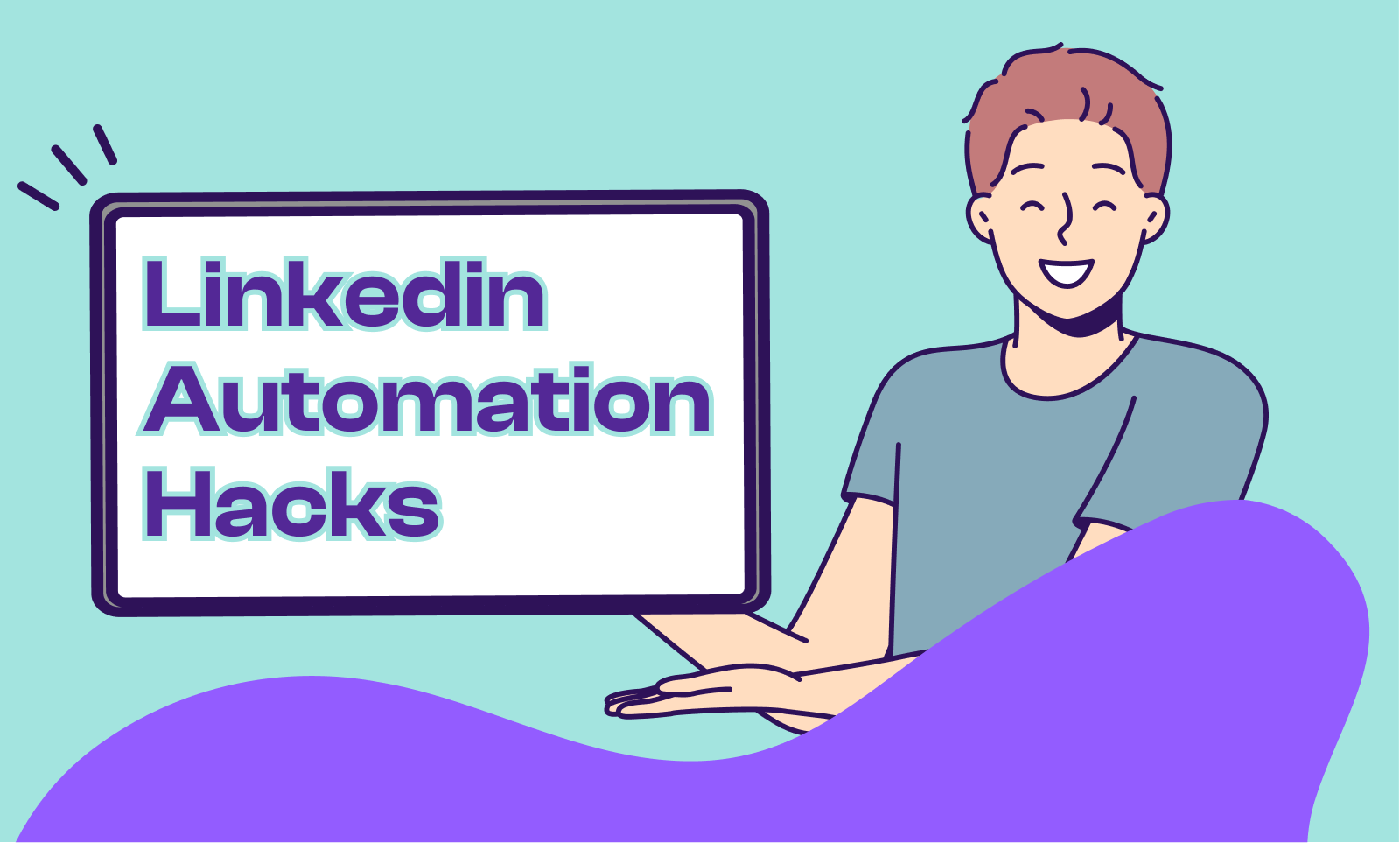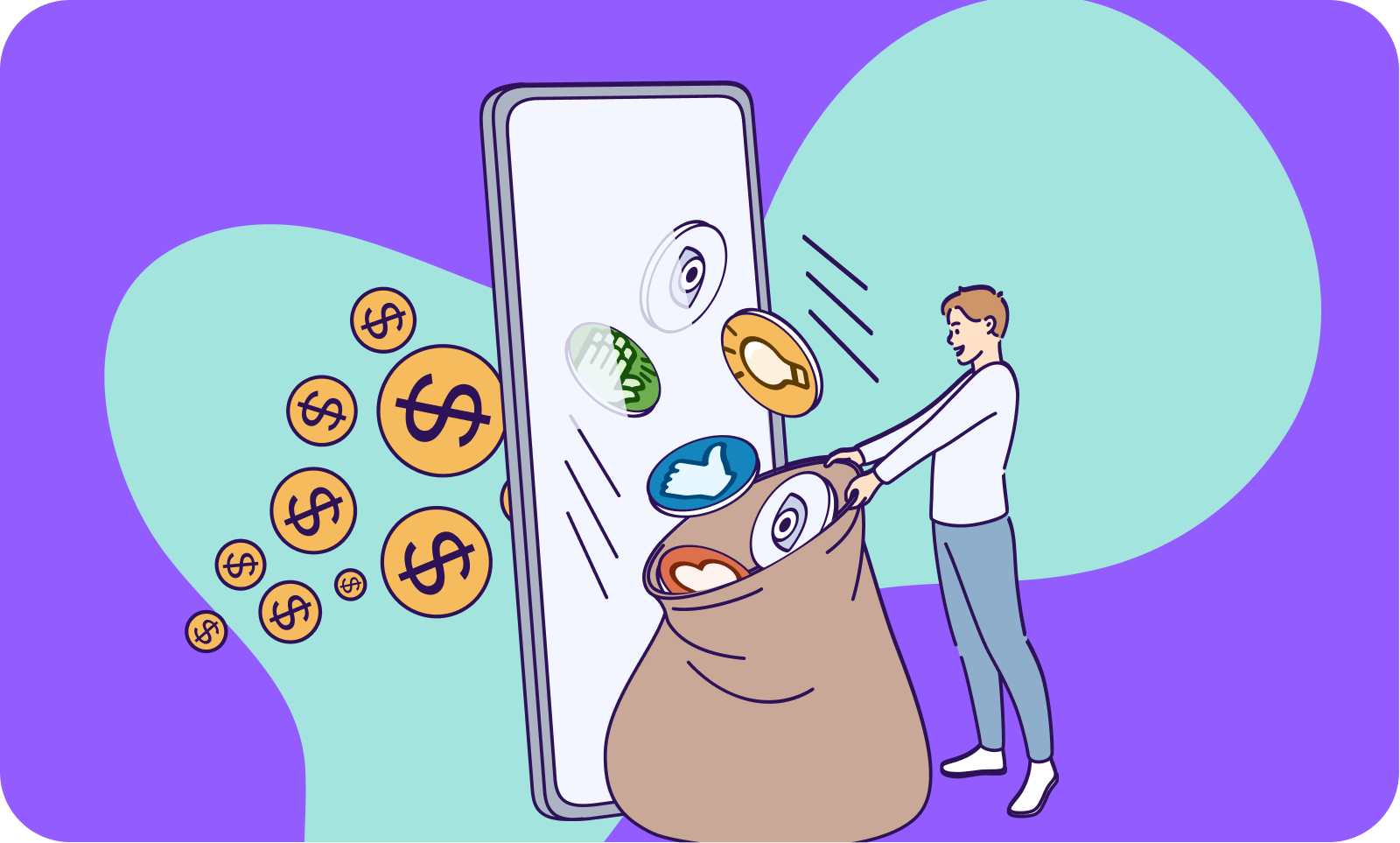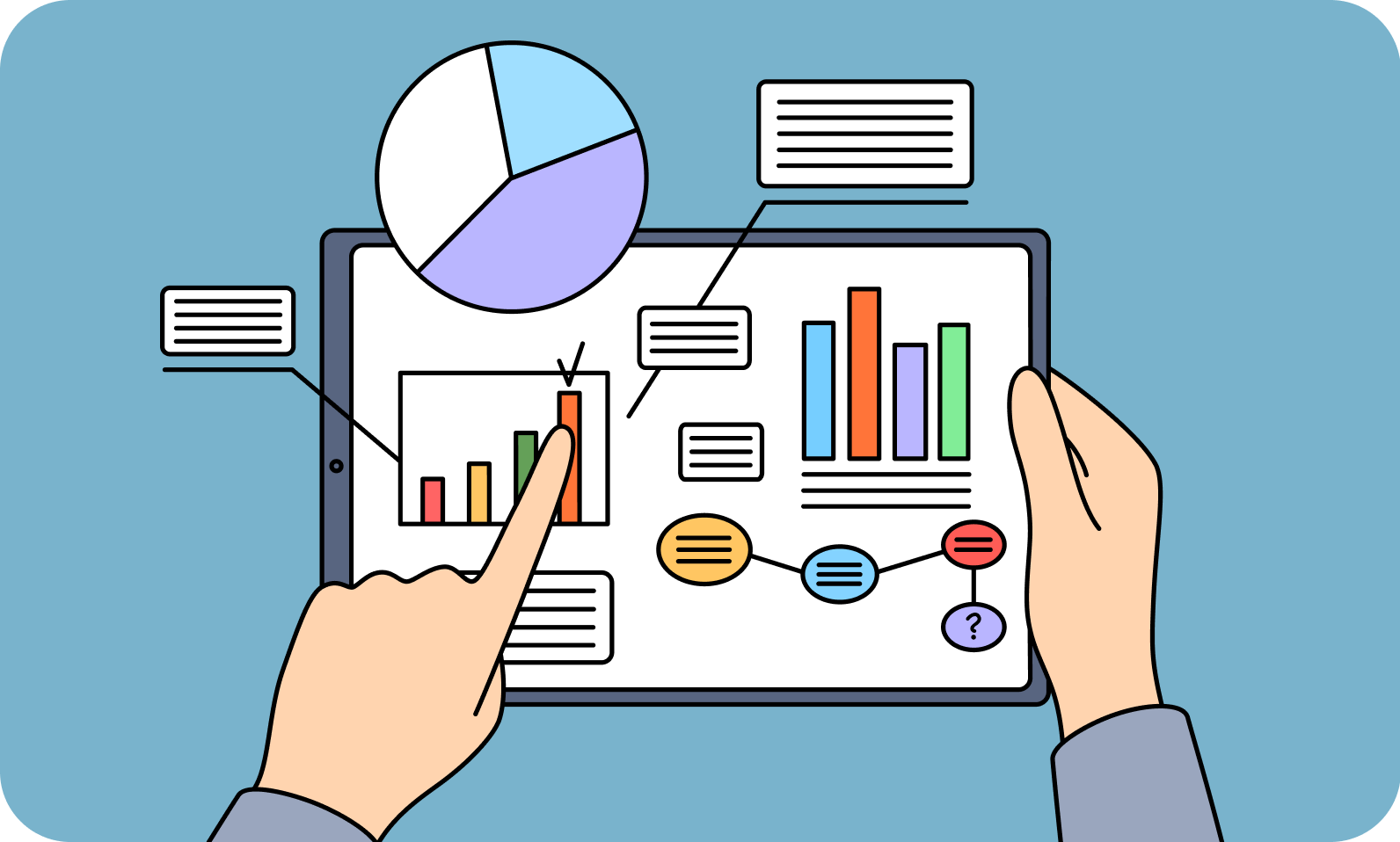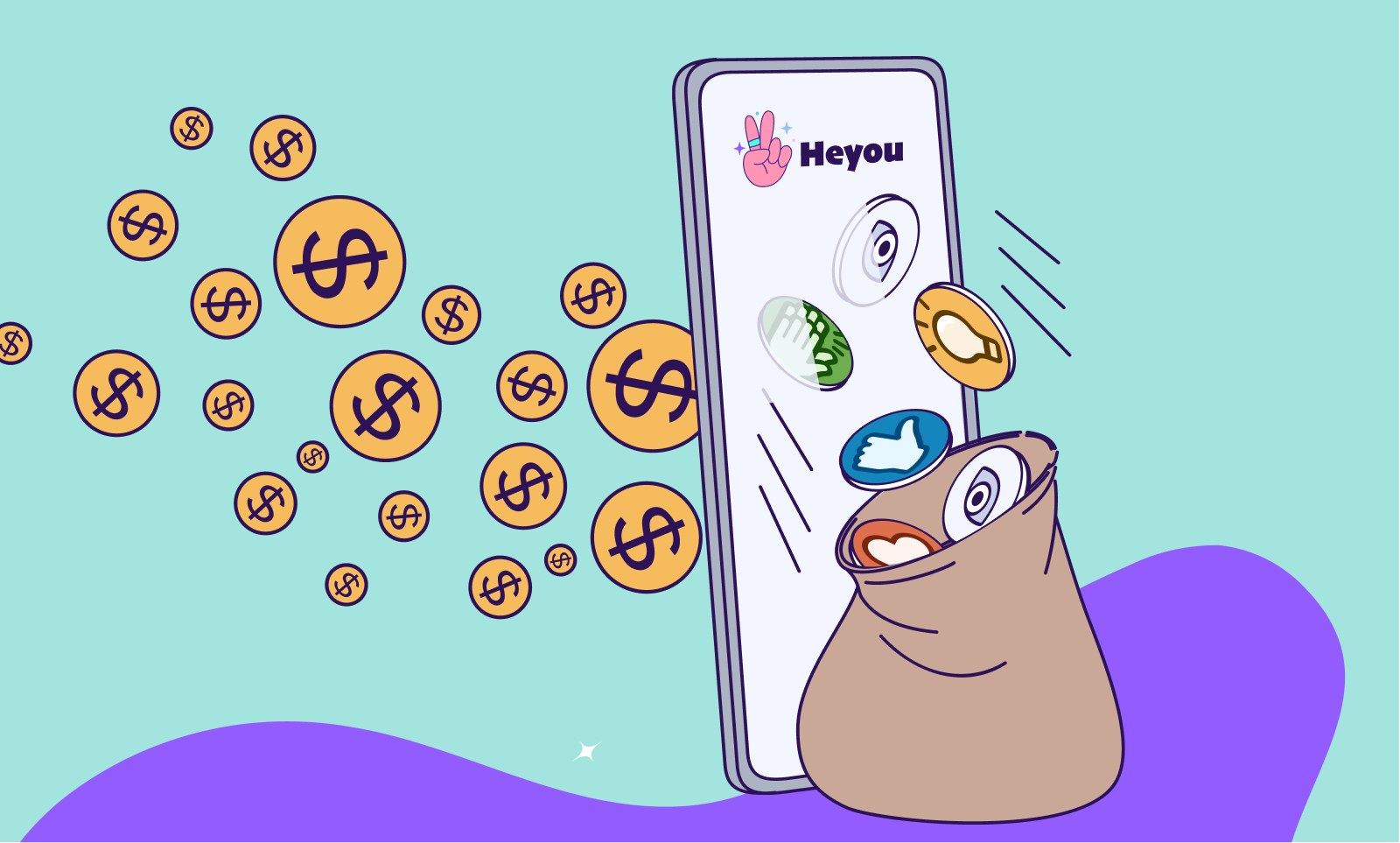LinkedIn Marketing Solutions: New Features and Golden Tips [2024 Updates]
- Table of contents
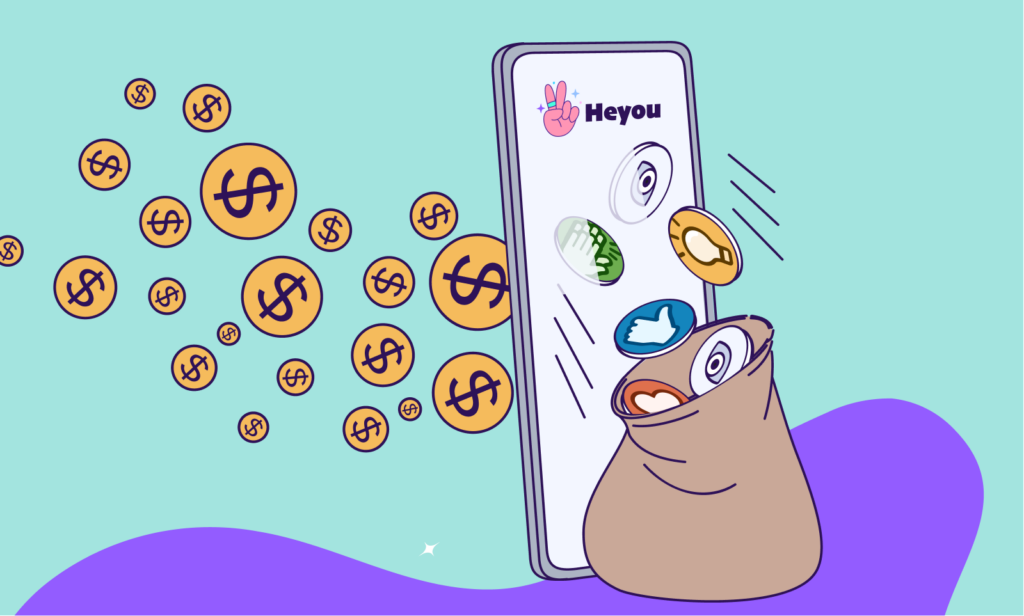
January 17, 2024
| |7 min read
| |LinkedIn is a vital tool for business-to-business (B2B) marketers, providing a special combination of focused marketing possibilities and professional networking. According to the surveys, in 2023, 80% of the B2B leads were generated through social media. Of this, 46% came from LinkedIn. In this blog post, I will take you through the new LinkedIn marketing solutions offered, and how to take these impressive statistics even one step further. So, let’s get in!
The Recent Enhancement to LinkedIn Marketing Solutions
LinkedIn is a strong tool for B2B marketers, which keeps improving its ad platform to help B2B companies get more leads. However, everybody knows LinkedIn ads always try to make you spend more. Moreover, it requires a higher investment and a lot of time. But now, the platform offers unique opportunities for marketers to utilize its features effectively.
In 2023, LinkedIn made several key enhancements to boost its marketing strategy. So, let’s get in and see what new LinkedIn has for you!
1. Enhanced Tools for Retargeting Campaigns
LinkedIn retargeting has always been a great tool, but in 2023, it has advanced much further. You can now retarget users on the platform based on a broader range of behaviors. This expansion offers more possibilities to re-engage with prospects and leads and increase the number of touchpoints.
- Retarget prospects based on various adstypes and interactions – You can now retarget prospects that:
- Were exposed to all types of ads – events, forms, your corporate page, and more.
- Interacted with your ads – viewed, clicked, downloaded assets through document ads, registered to one of your previous events, and more.
The ability to retarget based on various interactions means you can now customize your campaigns to address specific behaviors. This precision not only increases the chance of attracting the right audience but also ensures that your message reaches those who have already shown an interest in your brand.
The enhanced retargeting tools on LinkedIn in 2023 cover two important elements of B2B marketing.
First, they re-engage prospects who showed initial interest but didn’t commit. Let’s understand it through an example of a potential customer who viewed an ad or clicked on a link but didn’t proceed further. The updated retargeting functions enable marketers to reach out to these individuals again, giving them another opportunity to reconsider and possibly decide in favor of the brand. This re-engagement is vital in converting hesitant prospects into active leads or customers.
Second, these tools play a significant role in enhancing existing leads. Each interaction a lead has with a brand is a touchpoint, a chance to enhance the connection. However, marketers can enhance the relationship with leads who have previously connected with the business in some form by utilizing retargeting to deliver targeted content or offers.
This approach is less about immediate conversion and more about building trust and familiarity, gradually moving the leads through the sales funnel.
Overall, retargeting solutions help in both reactivating interest in new prospects and strengthening bonds with existing leads, therefore increasing the overall effectiveness of the marketing campaign.
2. Capture Work Email Instead of Gmail: Capturing Quality Leads
In a significant move, LinkedIn introduced a feature in 2023 that allows marketers to distinguish between business emails and personal emails (like Gmail) when capturing leads. This feature addresses a common challenge in B2B marketing – reaching your prospect in a professional context.
LinkedIn has opened the door to higher-quality leads by enabling the collection of more business emails. According to HubSpot, business emails tend to have a higher conversion rate, reflecting professional interest and engagement. Based on my experience, it doesn’t hit the mark all the time, but it surely covers majority of leads, improving lead quality significantly.
Note that this does not work for events. If you’re hosting an event through Linkedin events, the Work email feature is not included.
3. New LinkedIn Forms Ads Offers Extra Conversion Possibilities
Another game-changing enhancement in 2023 is the expansion of LinkedIn’s in-ad lead generation forms. Previously, the lead generation process involved redirecting prospects to external websites, which often led to drop-offs and lower conversion rates.
Boost in Conversion Rates with In-App Forms
Now, with more in-ad lead generation forms available directly within LinkedIn, the conversion journey for a prospect is smoother and more seamless. This not only reduces the friction in the conversion process but also keeps the prospects engaged within the LinkedIn ecosystem.
However, the result is a noticeable increase in conversion rates to about 13%, making these forms an essential tool for marketers.
Some of the new available forms on LinkedIn ads:
- Document forms allow to syndicate your content to Linkedin audiences
- Linkedin events allow you to invite prospects to events using Linkedin registration
- Lead generation forms allow you to use Linkedin to collect lead information for you
The New Features You Must Try
Let’s now look into some recent LinkedIn ad solutions that you must try in 2024 to boost your paid lead generation efforts:
1. LinkedIn Live Events: Collect registrants, increase engagement
In 2024, LinkedIn Live Events stands out as a game-changing feature. Imagine hosting and streaming your webinars directly on LinkedIn, a platform where your target audience already engages.
Although the analytics features are still developing (which is regardless not the best feature by Linkedin…), this tool offers a significant advantage for those looking to streamline their webinar strategy. Recent Linkedin research says live video content gets 7 times more reactions and 24 times more comments than regular video content on the platform, so it’s definitely a must in 2024.
One of the best things I liked about the Linkedin Live is the low maintenance requirement. All you need is one attractive featured image to feature for your event, then LinkedIn handles the rest, pulling this image into your Linkedin Live ad.You can always test a bunch of different copy for the text that goes with it, but the image remains the same.
Registration is merely a click of a button, then Linkedin gathers all leads for you, so you can easily follow up after the event. Two important tips for first time users:
- Click on “Use Linkedin registration form” if you want to easily collect leads. This can’t be marked after opening the event – so it’s crucial to remember to tick that box! (Trust me, this was very frustrating to discover later on!)
- Leverage LinkedIn to Stream your events live. You can choose how to run your live event – either through your own platform (e.g. Zoom) or live on Linkedin (LinkedIn Live). To host it live on LinkedIn you have to connect a streaming app. LinkedIn doesn’t offer good tracking right now so choosing this route will hurt the tracking capabilities and understanding of the lead source. But, on the other hand, it will contribute greatly to the number of registrants as well as the live attendance. I prefer live streaming via Linkedin, but choosing the right route is up to you.
- Don’t forget your on-demand leads. As mentioned previously, video content drives more engagement than any other content type. When using Linkedin live, prospects can go back to your Linkedin event page and watch your event. It is limited to 6 months right now, but it does have the potential to keep generating leads even after the event is over. Your webinar content is a great piece to re-syndicate on your organic social page, or even to boost as an ad, and drive more leads on-demand.
Choose Lead “Website Visits” type ads, and select “Event”:
2. Content Forms: Accelerating Lead Generation and Brand Building
Content forms are a great method to use for syndicating your content assets and drive targeted on-demand leads. In the past, you’d probably use visual ads to promote assets, then redirect to the site to collect prospect information through a website form.
With Linkedin content forms, prospects get a sneak peek to your content asset, and are filling out a form within Linkedin. Once submitted, you get the lead’s contact information. This method increases dramatically the number of registrations you get from two main reasons:
- The visual is very straightforward and gives a sneak peek into the content, however the full asset is gated. You can choose how many pages to show in this preview, allowing you to strike the perfect balance between providing value and sparking curiosity. This feature emphasizes the importance of creating visually appealing and engaging content, as this will be prospects’ first impression of your brand.
- Everyone knows less steps leads to better conversion rates. Using the Linkedin forms method, leads do everything in the same screen, and Linkedin automatically fills out their form, so all they need to do is click “Submit”.
The beauty of LinkedIn’s content forms lies in their simplicity and effectiveness. They serve as a preview of the content you’re offering, provoking users to download and engage further.
Most companies struggle to immediately convert prospects from content downloads, however the key here is touchpoints: the more a prospect interacts with your brand, the stronger their connection becomes. This is vital for building brand recognition, especially for companies in their early stages. Don’t get me wrong – some will convert, but some will take more time.
Choose “Lead Generation” type ads, and select “Document”:
3. Lead Generation Forms on Visual Ads
With LinkedIn’s new forms you’re not limited to webinars and content assets. You can create your own visuals and offerings and utilize the LinkedIn Forms feature. Now, you can create various formats like single-image ads, videos, and carousels and integrate them with new lead generation forms. This variety enables a more tailored approach to targeting and engaging your audience.
These types of ads are typically geared towards generating bottom-funnel leads, such as those for booking meetings or demos. They represent a higher investment, both in terms of budget and time spent on optimization. However, the payoff can be substantial.
These leads are highly valuable for businesses with the resources, as they are often come with a higher cost, however leads are closer to purchasing.
The key to success with LinkedIn’s visual ads and lead generation forms is patience and a willingness to refine your strategy over time. This involves looking at performance data, experimenting with various creative components, and constantly tweaking to achieve better outcomes.
LinkedIn’s New Lead Gen Features Work
To conclude, The latest LinkedIn marketing solutions around lead generation offer many opportunities for B2B marketers. From enhanced retargeting tools to innovative lead generation forms, these LinkedIn updates are designed to maximize engagement and conversion rates.
As LinkedIn continues to upgrade, integrating these features into your marketing strategy is essential for staying ahead in the competitive B2B industry.
January 17, 2024
| |7 min read
| |Articles
Check our recent articles
Stop begging colleagues for posts likes.
Auto-like your corporate posts and boost your social performance.
